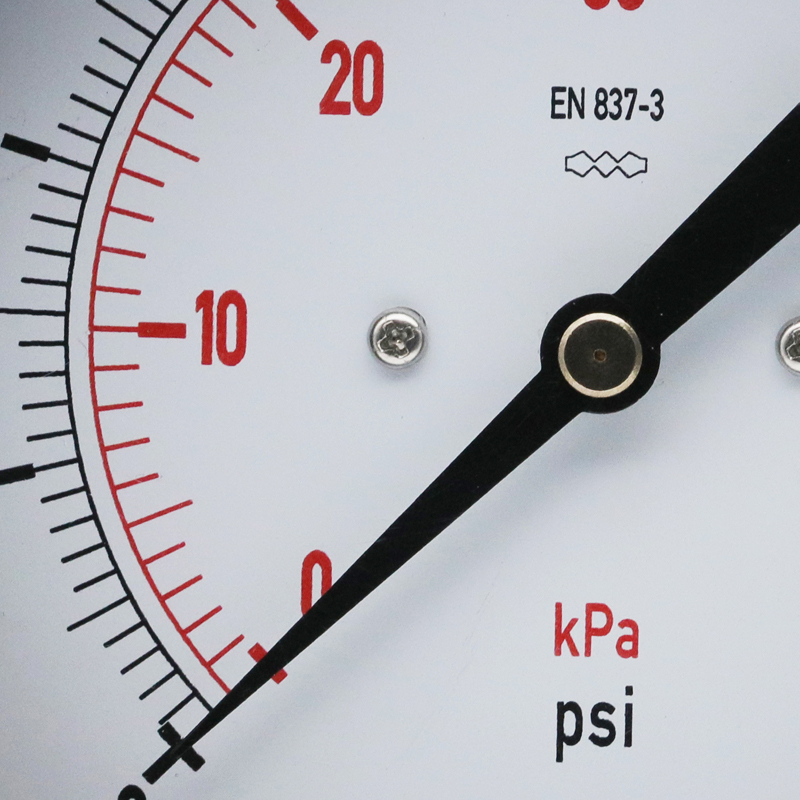
Nov . 19, 2024 18:56 Back to list
calibrating differential pressure gauge products
Calibrating Differential Pressure Gauge Products Ensuring Precision in Measurements
Differential pressure gauges are essential instruments used across various industries, including oil and gas, pharmaceuticals, food and beverage, and water treatment. These gauges measure the difference in pressure between two points, providing critical data for monitoring and controlling processes. However, to ensure their accuracy and reliability, it is vital to calibrate these instruments regularly. This article explores the importance of calibrating differential pressure gauge products, the methods involved, and best practices to maintain precision.
The Significance of Calibration
Calibration is the process of configuring an instrument to provide a result for a sample within an acceptable range. In the case of differential pressure gauges, the objective is to verify that the gauge readings correspond to the actual pressure difference being measured. Calibration is crucial for several reasons
1. Accuracy Over time, differential pressure gauges can drift from their calibrated settings due to wear and tear, temperature fluctuations, or environmental conditions. Regular calibration ensures that measurements remain accurate, allowing for precise process control.
2. Compliance Many industries operate under strict regulatory standards that mandate the regular calibration of measuring instruments. Non-compliance can result in legal repercussions, financial losses, and even safety hazards.
3. Quality Assurance Accurate differential pressure readings contribute to the quality of the end product. For instance, in the pharmaceutical industry, precise measurements are vital for maintaining the integrity of drug formulations and ensuring that products meet safety standards.
4. Preventive Maintenance Regular calibration helps identify potential issues before they become significant problems. Detecting faults early can prevent equipment failures, reduce operational downtime, and extend the life of the instrument.
Methods of Calibration
Calibrating differential pressure gauges can be performed using several methods
1. Reference Standards One of the most common calibration methods involves comparing the gauge’s readings against a recognized reference standard. A calibrated master gauge, which is highly accurate, is connected to the same points as the differential pressure gauge under test. By applying known pressure differences, the readings can be compared, and any discrepancies can be noted and corrected.
calibrating differential pressure gauge products

2. Deadweight Tester This method uses a deadweight tester, which provides a known force to create a pressure difference. The differential pressure gauge is connected, and the applied pressure is varied while observing the gauge’s response. This method provides high accuracy and is often used for laboratory calibrations.
3. Electronic Calibration Advances in technology have led to the development of electronic calibration devices that can automatically compare differential pressure gauges to digital reference standards. These devices streamline the calibration process, reduce human error, and improve overall efficiency.
Best Practices for Calibration
To ensure the most effective calibration of differential pressure gauges, consider the following best practices
1. Establish a Calibration Schedule Regular calibration intervals should be defined based on the industry standards, the critical nature of the measurements, and the gauge’s operational environment. Typically, calibration is performed annually, but more frequent calibrations may be needed if the gauge is subjected to harsh conditions.
2. Document Calibration Results Keeping accurate records of calibration results, including the date, results, technician details, and any adjustments made, is essential for traceability and compliance.
3. Train Personnel Ensure that personnel involved in the calibration process are well-trained and understand the importance of accurate measurements and the calibration process.
4. Use Quality Instruments Investing in high-quality differential pressure gauges and calibration equipment can lead to better reliability and accuracy over time.
5. Environmental Considerations Always calibrate gauges in a controlled environment, minimizing temperature fluctuations and vibrations that could affect measurements.
In conclusion, calibrating differential pressure gauge products is a critical practice for ensuring measurement accuracy, maintaining regulatory compliance, and guaranteeing product quality. By understanding the importance of calibration, employing effective methods, and adhering to best practices, organizations can enhance operational efficiency and ensure the reliability of their differential pressure measurements. Regular calibration not only safeguards the integrity of processes but also contributes to the overall safety and quality in various industries.
-
High-Precision Mass Diaphragm Pressure Gauge - Reliable & Durable Solutions
NewsJun.10,2025
-
Explain Diaphragm Pressure Gauge Expert Guide, Top Manufacturers & Quotes
NewsJun.10,2025
-
Affordable Differential Pressure Gauge Prices in China Top Manufacturers
NewsJun.10,2025
-
Reliable Water Fire Extinguisher Pressure Gauges for Safety
NewsJun.10,2025
-
Durable Diaphragm Protection Pressure Gauges Get Quote
NewsJun.09,2025
-
WIKA Differential Pressure Gauge with Switch Reliable Monitoring & Control
NewsJun.09,2025
